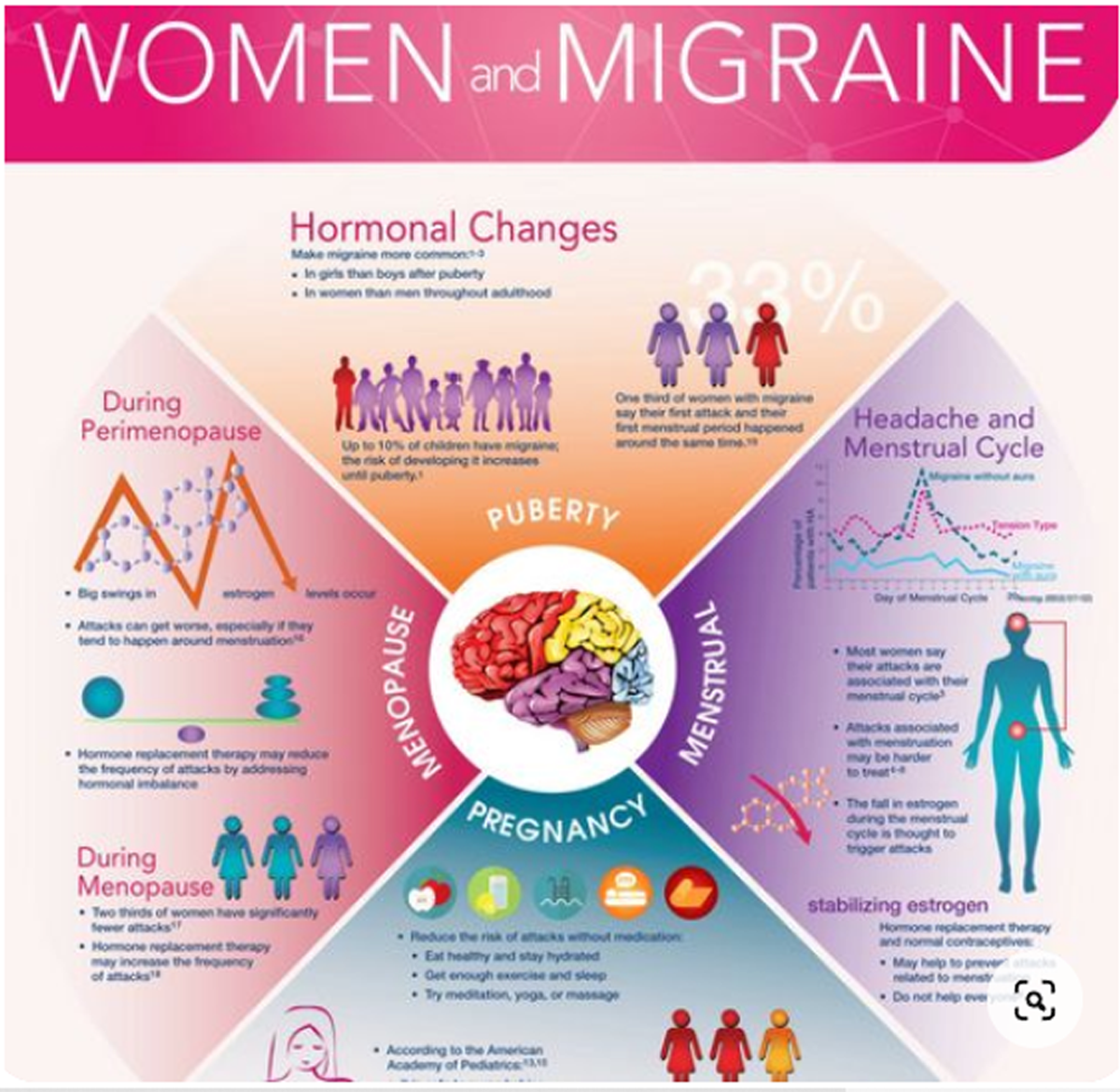Intertester Reliability and Diagnostic Validity of the Cervical Flexion-Rotation Test
SOURCE: J Manipulative Physiol Ther 2008; 31 (4): 293–300
Toby M. Hall, PT, MS, Kim W. Robinson, PT, BSc,
Osamu Fujinawa, PT, PhD, Kiyokazu Akasaka, PT, PhD,
Elizabeth A. Pyne, PT, MT
School of Physiotherapy,
Curtin University of Technology,
Australia.
halltm@netspace.net.au
OBJECTIVE: This article evaluates reliability and diagnostic validity of the cervical flexion-rotation test (FRT) to discriminate subjects with headache because of C1/2 dysfunction. In addition, this study evaluates agreement between experienced and inexperienced examiners.
METHODS: These were 2 single blind comparative measurement study designs. In study 1, 2 experienced blinded examiners evaluated the FRT in 10 asymptomatic controls, 20 subjects with cervicogenic headache (CeH) where C1/2 was the primary dysfunctional level, and 10 subjects with CeH but without C1/2 as the primary dysfunctional level. In study 2, 2 inexperienced and 1 experienced blinded examiners evaluated the FRT in 12 subjects with CeH and 12 asymptomatic controls. Examiners were required to state whether the FRT was positive and also to determine range of rotation using a goniometer. An analysis of variance with planned orthogonal comparison, single measure intraclass correlation coefficient (2,1), and Bland-Altman plot were used to analyze FRT range of rotation between the examiners. Sensitivity, specificity, and examiner agreement for test interpretation were analyzed using cross tabulation and kappa.
RESULTS: In study 1, sensitivity and specificity of the FRT was 90% and 88% with 92% agreement for experienced examiners (P < .001). Overall diagnostic accuracy was 89% (P < .001) and kappa = 0.85. In study 2, for inexperienced examiners, FRT mobility was significantly greater than for experienced examiners, but sensitivity, specificity, agreement, and kappa values were all within clinically acceptable levels.
There are more articles like this @ our:
CONCLUSIONS: The FRT can be used accurately and reliably by inexperienced examiners and may be a useful aid in CeH evaluation.
Key Indexing Terms: Reproducibility of Results, Headache, Diagnosis, Physical Examination
From the FULL TEXT Article:
Introduction
Cervicogenic headache (CeH) has been classified by the International Headache Society (IHS) [1] and is said to account for 15% to 20% of all chronic and recurrent headaches. [2] Individuals report reduced quality of life [3] and experience considerable restriction of daily function and emotional distress. [4] There is encouraging evidence that CeH can be successfully managed by physical treatment. [5, 6]
The IHS1 defined CeH as head pain, referred from a source in the neck that may arise from a variety of upper cervical spine structures. [7, 8] People who have CeH also complain of associated neck pain and restriction of neck movement. [9] Unfortunately, neck pain is also a feature of other headache forms; hence, accurate diagnosis, by physical examination, is required to identify CeH. [10]
Although it has been suggested that CeH involves disorder of the articular, muscular, and neural tissue systems, Zito et al [10] determined that the presence of upper cervical joint dysfunction most clearly identified patients with CeH. It is believed that one dysfunctional level may be the source of primary symptoms, with C1/2 being the most commonly reported. [11-13]
Cervical joint dysfunction can be measured by manual examination. [14] Manual examination has high sensitivity and specificity to detect the presence or absence of cervical joint dysfunction in neck pain and headache patients. [15-17] However, these tests involve a high degree of skill on the part of the examiner, and their reliability has been questioned. [18] It has been suggested that evidence of low reliability for these tests may be a reflection of poor research methods used by the studies to investigate these tests. [18]
Read the rest of this Full Text article now!






Leave A Comment